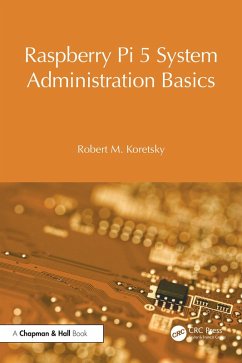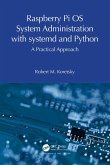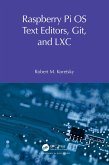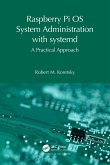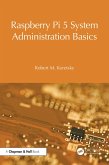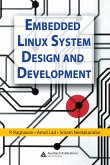The first introductory chapter illustrates a basic set of text-based commands which are the predominant means that a system administrator uses to maintain the integrity of the system. User account control is an example of the fundamental integrity aspect of administration, requiring the addition of users and groups while maintaining secure access. Storage solutions involve integrating persistent media such as USB3 SSDs and NVMe drives, ensuring proper file system classification based on physical or virtual media, including NFSv4 and iSCSI setups.
The second chapter, which is the core of the book, covers many critical and pertinent system administration commands and facilities. For example, how to attach additional media to the Raspberry Pi 5 and how to install and boot the Raspberry Pi 5 from an NVMe SSD, rather than from the traditional microSD card medium. This chapter also covers many advanced topics to expand the beginner's knowledge of system maintenance and control.
The third chapter shows how system administration is streamlined with systemd, which allows efficient service management. The systemd "superkernel" is a powerful initialization and service management framework that has revolutionized Linux system administration. It introduces a structured approach to system control through sub-commands and applications, enhancing system efficiency. At its core, systemd units and unit files serve as essential building blocks, defining system behavior.
The fourth chapter gives a basic introduction to the Python 3 programming language, with a complete explication of the syntax of the language, and many illustrative examples.
Dieser Download kann aus rechtlichen Gründen nur mit Rechnungsadresse in A, B, BG, CY, CZ, D, DK, EW, E, FIN, F, GR, HR, H, IRL, I, LT, L, LR, M, NL, PL, P, R, S, SLO, SK ausgeliefert werden.

